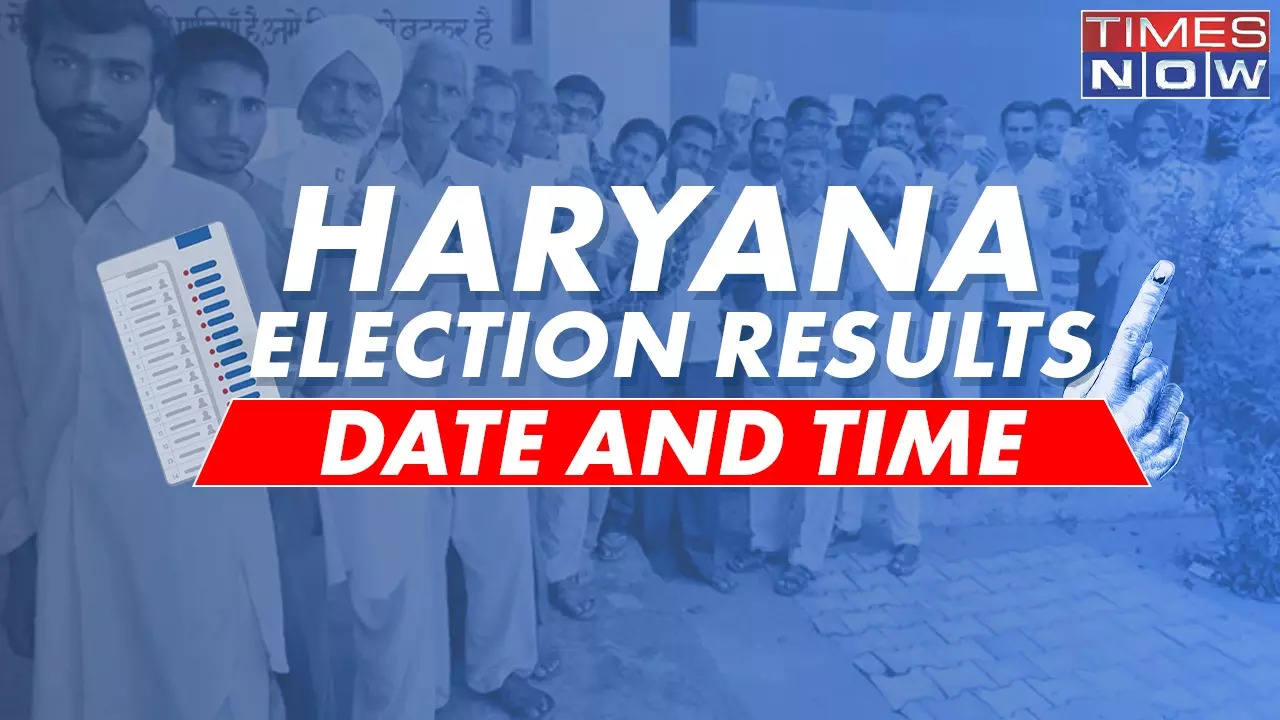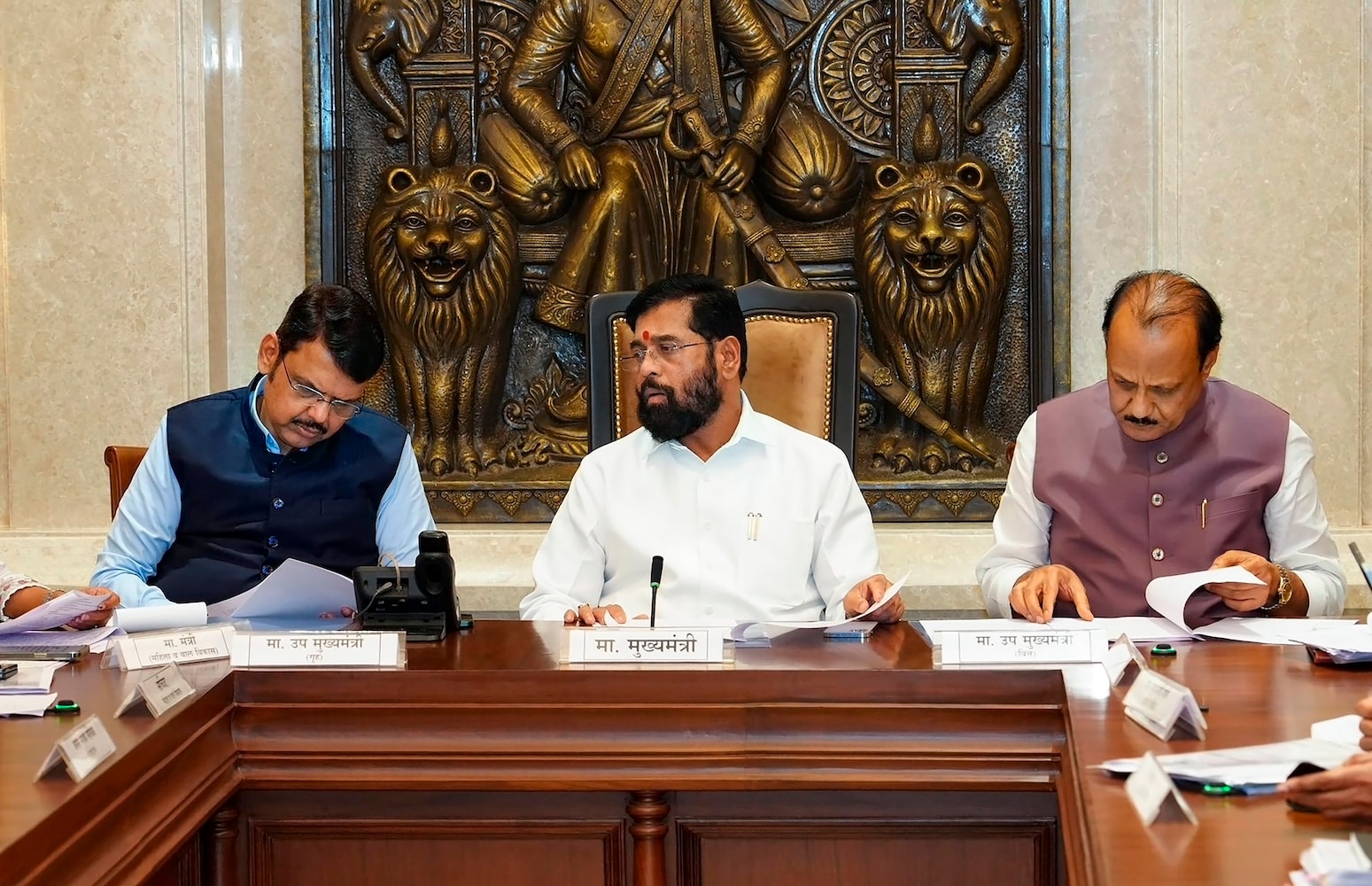
Global evidence has established the serious implications of malnutrition on a child’s physical and brain development, which, in turn, adversely affects cognitive abilities, overall productivity, and the economic progress of a nation. The World Bank notes, “A 1 per cent loss in adult height due to childhood stunting is associated with a 1.4 per cent loss in economic productivity.
” Experts have also linked malnutrition to the lack of progress in 14 of the 17 Sustainable Development Goals (SDGs). Globally, the cost of malnutrition is estimated at $761 billion per year, or $2.1 billion per day.

Nutrient intake in the first two years of life is governed by appropriate infant and young child feeding (IYCF) practices, which comprise breastfeeding and complementary feeding (CF). Complementary feeding is essential for optimal infant nutrition and development, especially during the first two years of life. In India, malnutrition, undernutrition, and stunting remain significant public health issues, with inappropriate CF practices being a contributing factor.
Despite efforts to improve infant and child nutrition, challenges persist. The timely introduction of CF at 6-8 months and diet adequacy are key indicators of young child feeding practices. NFHS-5 data shows that only 45.
9 per cent of children are provided timely complementary foods, and just 11.3 per cent of children under two years receive a minimum adequate diet (MAD). Uttar Pradesh and Gujarat perform the worst on MAD, with only 5.
9 per cent incidence. There is significant variation across states and UTs in the timely introduction of CF, with Manipur at 78.9 per cent and Bihar at 39 per cent.
While the adequacy of CF has remained nearly stagnant (from 23.1 per cent in NFHS-4 to 24.7 per cent in NFHS-5), there has been a notable rise in the percentage of children receiving CF at the recommended age of 6-8 months.
A recent study suggests alarming figures for ‘Zero-Food’ (children having not eaten any food of substantial calorific content in the past 24 hours), with 30.6 per cent of children aged 6-11 months and 8.5 per cent of children aged 11-23 months affected.
The data confirms that complementary feeding practices are inadequate, making it imperative to direct interventions towards improving dietary adequacy for young children. It is well recognised that most growth faltering occurs during the critical period from six months to two years, when CF plays a significant role in addressing a child’s nutritional intake. According to the World Health Organisation, non-exclusive breastfeeding and inadequate complementary feeding contribute to stunting, wasting, and childhood overweight.
The advertisement and intensive marketing of certain food items are also critical drivers influencing the selection of complementary foods. These findings align with studies showing that the intake of unhealthy food items is on the rise, even in low-income countries. In India, unlike in many other countries, the Infant Milk Substitutes Act also bans the marketing and advertisements of complementary foods.
Compared to promoting breastfeeding, convincing caregivers and communities to adopt appropriate CF practices, including access to a diversified diet, is more complex and requires context-specific and scientifically appropriate inputs. Scientific evidence indicates that interventions to improve CF, including education on appropriate feeding practices, with or without the provision of food supplements, are among the most effective measures to reduce stunting during the first two years of life. In most middle- and low-income countries , including India , much of the decline in height-for-age during this period occurs between 6 and 23 months.
An analysis of two models of coverage for selected interventions found that appropriate CF could prevent about half of all stunting cases. Insufficient quantities and inadequate quality of complementary foods, poor feeding practices, and increased infection rates during this period are direct risk factors for stunting. Concerted efforts are needed to improve the quality of CF, as only 1 in 10 children aged 6-23 months in India are adequately fed to support optimal growth and development.
Strategies to improve availability and access to a variety of diverse complementary foods at family level must be implemented at scale to bring about the required improvements in the diets of young children. India has a policy in place to protect, promote, and support appropriate Infant and Young Child Feeding (IYCF) practices. However, compared to breastfeeding promotion, efforts to improve CF have lagged behind.
Addressing these challenges will require a multifaceted approach, including strengthening public health education, improving access to nutrient-rich foods, and ensuring the effective implementation of existing nutrition programs. In addition to the Integrated Child Development Services (ICDS), various systems such as health, the National Rural Livelihoods Mission (NRLM), horticulture, and education sectors offer enabling platforms for implementing measures to improve complementary feeding (CF) practices. It is time to revisit and strengthen the CF policy and action plan under POSHAN Abhiyaan.
It is important to recognise that improving children’s diets is central to achieving three of the six World Health Assembly targets for reducing stunting, wasting and childhood overweight by 2025. With government’s support and clear accountability measures, CF must become a ‘Jan Andolan’ (people’s movement) to ensure timely and widespread public engagement in preventing stunting, overweight, and micronutrient deficiencies in children. Dr Shoba Suri is a Senior Fellow with ORF’s Health Initiative.
She’s a nutritionist with experience in community and clinical research. Views expressed in the above piece are personal and solely those of the author. They do not necessarily reflect News18’s views.
.














